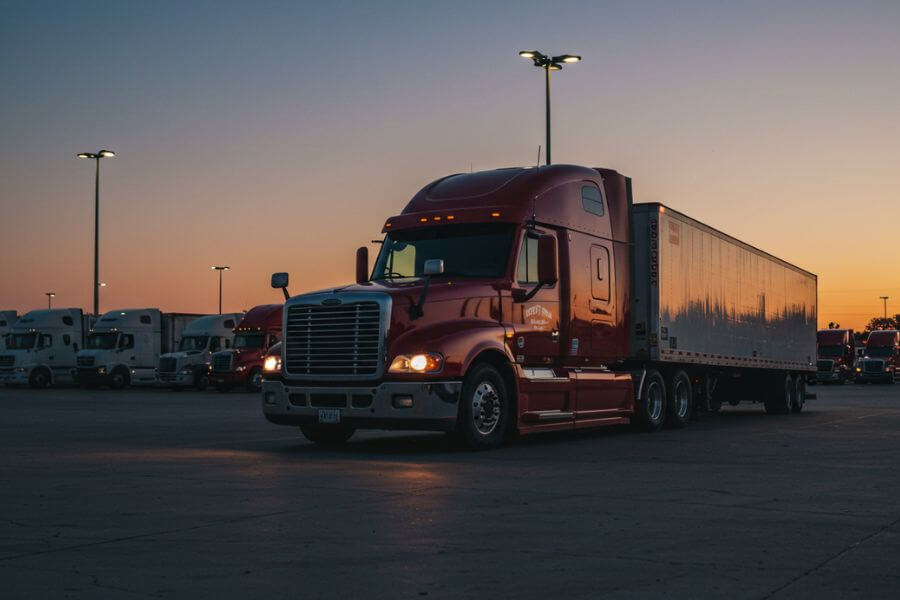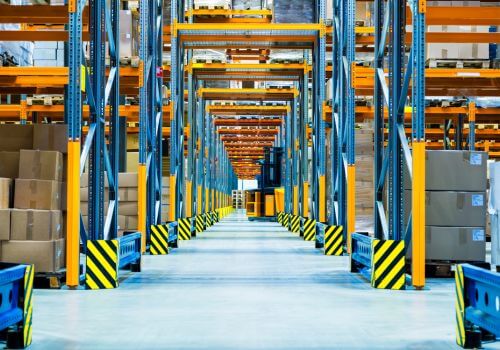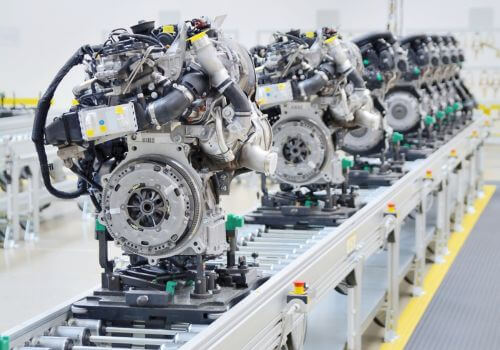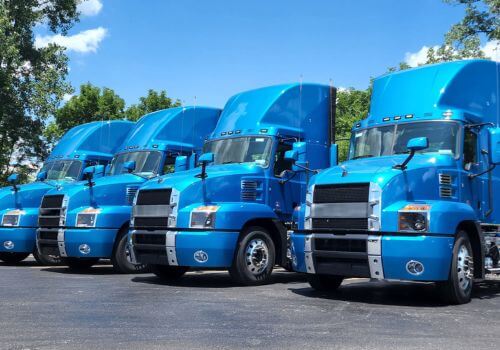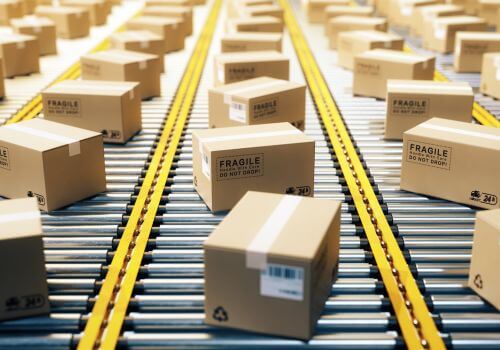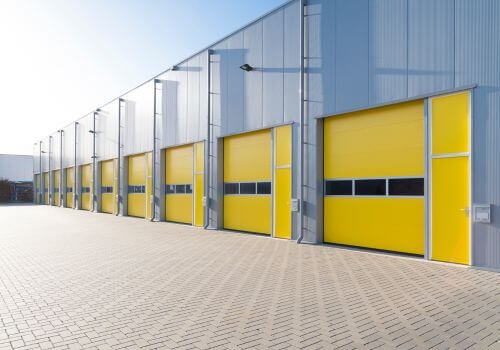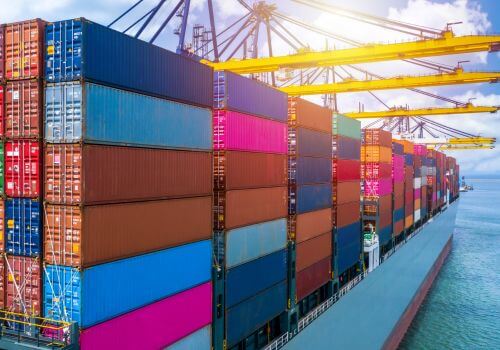Long haul logistics is the backbone of global trade. Every day, millions of goods travel vast distances-from factories to warehouses, ports to stores, and ultimately to customers’ doors. This guide will break down everything you need to know, from the basics to practical tips, in a way that’s easy to understand and apply.
What is long haul logistics?
Long haul logistics refers to the transportation of goods over long distances, typically between cities, states, or even countries. Unlike local or “last mile” delivery, long haul focuses on moving large quantities of goods efficiently and cost-effectively across hundreds or thousands of miles.
Key features
- Distance: Usually over 250 miles (400 km), sometimes cross-country or international.
- Volume: Large shipments, often full truckloads or containers.
- Modes: Primarily trucks, but also trains, ships, and planes.
- Time: Longer transit times, ranging from a day to several weeks.
Why is long haul logistics important?
Long haul logistics connects producers and consumers across the globe. Without it, your favorite products wouldn’t be available in stores, and businesses couldn’t reach new markets. Here’s why it matters:
- Global trade: Enables international commerce and supply chains.
- Economies of scale: Moves large amounts of goods efficiently, reducing costs.
- Market reach: Helps businesses expand beyond local markets.
- Supply chain resilience: Diversifies sourcing and distribution options.
Who are the key players in long haul logistics?
Long-haul logistics is a team effort. Here are the main players:
Shippers
These are the companies or individuals who need to move goods. They could be manufacturers, wholesalers, or retailers.
Carriers
Carriers are the companies that actually transport the goods. They might operate trucks, trains, ships, or planes.
Freight brokers
Brokers act as middlemen, connecting shippers with carriers. They help find the best routes, negotiate rates, and manage paperwork.
Third-party logistics providers (3PLs)
3PLs offer a range of logistics services, from warehousing to transportation management. They can handle the entire shipping process for their clients.
What are the different modes of long haul transportation?
There are several ways to move goods over long distances. Each mode has its advantages and is chosen based on speed, cost, and the nature of the cargo.
Trucking
- Most common for domestic long-haul.
- Flexible, can deliver door-to-door.
- Limited by road infrastructure and driver hours.
Rail
- Great for heavy or bulk goods.
- More fuel-efficient than trucks.
- Limited to areas with rail access.
Air
- Fastest mode for long distances.
- Best for high-value or time-sensitive goods.
- Most expensive; limited by airport locations.
Ocean shipping
- Ideal for international trade.
- Can move huge volumes at lower cost.
- Slowest mode; subject to weather and port delays.
What does the long haul logistics process look like?
Let’s walk through a typical long haul shipment, step by step.
1. Planning and scheduling
- Route selection: Choosing the best path based on distance, cost, and time.
- Mode selection: Deciding whether to use truck, rail, air, or sea-or a combination.
- Scheduling: Coordinating pickup and delivery times.
2. Documentation
- Shipping documents: Bills of lading, invoices, customs forms, etc.
- Compliance: Meeting regulations for safety, security, and environmental standards.
3. Loading and dispatch
- Packing: Ensuring goods are safely packed for the journey.
- Loading: Placing goods onto the chosen vehicle or container.
- Dispatch: Sending the shipment on its way.
4. In-transit management
- Tracking: Using GPS and other tech to monitor progress.
- Communication: Staying in touch with drivers and carriers.
- Problem-solving: Handling delays, breakdowns, or route changes.
5. Delivery and unloading
- Arrival: Goods reach their destination.
- Unloading: Removing goods from the vehicle or container.
- Inspection: Checking for damage or missing items.
6. Post-delivery
- Documentation: Confirming delivery and updating records.
- Feedback: Gathering input from customers or partners.
- Billing: Finalizing payments and closing the transaction.
What are some challenges in long haul logistics?
Long-haul logistics isn’t just about moving goods from point A to point B. There are many hurdles along the way.
- Distance and time: Long distances mean longer transit times, more fuel, and higher costs. Delays can happen due to traffic, weather, or mechanical issues.
- Regulations: Different regions have different rules for transportation, safety, and customs. Staying compliant is a must.
- Costs: Fuel, labor, maintenance, tolls, and insurance all add up. Managing these costs is crucial for profitability.
- Technology: Keeping up with the latest tracking, routing, and communication tools can be a challenge-but it’s essential for efficiency.
- Security: Long-haul shipments are vulnerable to theft, damage, and loss. Security measures like seals, locks, and tracking are vital.
Common terms in long haul logistics
- Freight: Goods being transported.
- LTL (Less Than Truckload): Shipping smaller loads that don’t fill a truck.
- FTL (Full Truckload): Shipping enough goods to fill an entire truck.
- Intermodal: Using more than one mode of transport (e.g., rail + truck).
- Bill of Lading: A legal document detailing the shipment.
- Consignee: The person or company receiving the goods.
- Carrier: The company moving the goods.
10 frequently asked questions about long haul logistics
Q. What is considered a “long haul” in logistics?
A. A “long haul” in logistics generally refers to the transportation of goods over distances greater than 250 miles (about 400 kilometers), often involving travel between different states or even countries. In trucking, this typically means routes that last several days and cover extensive mileage, distinguishing it from short-haul or regional deliveries.
Q. How long does a typical long-haul delivery take?
A. The duration of a long-haul delivery depends on the distance, mode of transport, and route conditions. For example, trucking shipments across the United States can take anywhere from three to seven days, rail shipments may take a bit longer but are ideal for bulk goods, ocean freight for international shipments can take several weeks, while air freight is the fastest, often delivering within one to three days but at a higher cost.
Q. What are the main challenges drivers face on long-haul routes?
A. Long-haul drivers face several challenges, including fatigue from long hours on the road, adverse weather conditions that can cause delays or hazards, the risk of mechanical breakdowns due to extended trips, and the personal challenge of spending long periods away from home, which can lead to feelings of isolation.
Q. How do companies keep track of long-haul shipments?
A. To keep track of long-haul shipments, companies typically use GPS tracking and Transportation Management Systems (TMS). These technologies allow for real-time monitoring of shipments, route optimization, accurate delivery time estimates, and quick responses to any delays or issues that may arise during transit.
Q. What’s the difference between LTL and FTL shipping?
A. LTL (Less Than Truckload) shipping involves multiple shippers sharing space in a single truck, making it cost-effective for smaller shipments but sometimes slower due to multiple stops. FTL (Full Truckload) shipping means one shipper fills the entire truck, which is faster and more direct but can be more expensive if you don’t have enough goods to fill the truck.
Q. Are there special regulations for long-haul logistics?
A. Yes, long-haul logistics is subject to various regulations that differ by country and mode of transport. Common regulations include limits on how long drivers can operate vehicles without rest, weight restrictions on how much cargo can be carried, and requirements for proper documentation and compliance with customs and border controls, especially for international shipments.
Q. How can I reduce costs in long-haul logistics?
A. Cost reduction in long-haul logistics can be achieved by planning efficient routes using optimization software, consolidating shipments to maximize truck or container space, negotiating better rates with carriers and brokers, and maintaining vehicles regularly to prevent costly breakdowns and delays.
Q. What should I look for in a long-haul carrier?
A. When choosing a long-haul carrier, look for reliability in on-time deliveries, a strong safety record with low accident rates, use of modern technology like GPS tracking for real-time updates, and excellent customer service that is responsive and easy to communicate with throughout the shipping process.
Q. How do I get started as a long-haul driver or logistics professional?
A. To start a career in long-haul logistics, many people begin by obtaining a commercial driver’s license (CDL) or taking logistics courses. Gaining experience through entry-level jobs or apprenticeships is valuable, and some roles may require specific certifications or training. Networking through industry groups and events can also help you build connections and advance your career.
Q. What are the future trends in long-haul logistics?
A. The future of long-haul logistics includes the development of autonomous vehicles like self-driving trucks and drones, a growing emphasis on sustainability with more electric vehicles and eco-friendly practices, increased digitalization with paperless documentation and advanced tracking, and the continued expansion of global supply chains as international trade grows.
In summary, Long Haul in logistics means transporting goods over long distances-typically more than 250 miles (400 kilometers)-often between cities, states, or even countries, using trucks, trains, ships, or planes.

